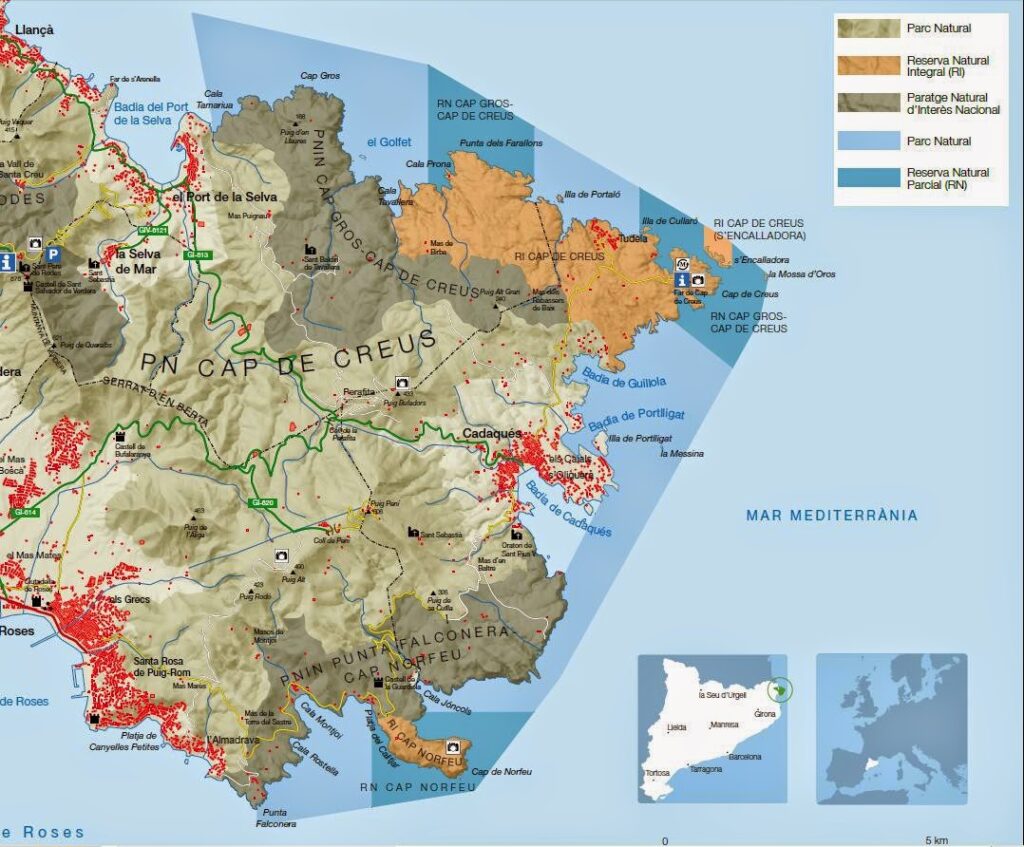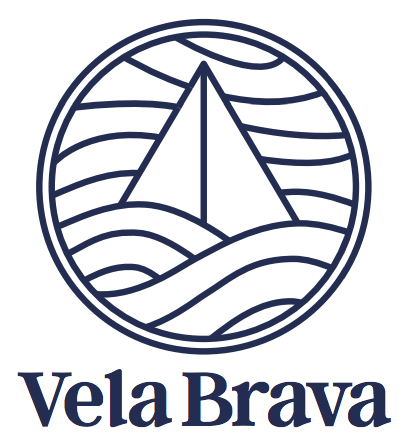The Cap de Creus Natural Park is the first maritime-terrestrial natural park in Catalonia. Its numerous natural and cultural values are protected through various designations, depending on the significance of the area. One of these designations is the highest level of protection in Catalonia: the Integral Nature Reserve.
The park has two of the four integral nature reserves in all of Catalonia: the Cap de Creus reserve, in the municipality of Cadaqués, and the Cap Norfeu reserve, in the municipality of Roses. To ensure maximum preservation of these unique and singular places, visitors are not allowed to leave the designated trails within the integral nature reserves.
Along the coast, the park begins at Falconera Cape, just beyond Roses Bay, and ends at Tamariua Beach, shortly before the Port de la Selva Bay begins.
The park boasts a great diversity of protected flora and fauna, preserved since the park’s creation in 1998.
To protect the park and regulate access, there are specific regulations depending on the time of year. Below is a link with all the relevant information: Cap de Creus Information

European Charter for Sustainable Tourism in Protected Areas (ECST)
The European Charter for Sustainable Tourism in Protected Areas (ECST) is an initiative of the EUROPARC Federation, an organization that brings together Protected Natural Areas from 38 European countries. EUROPARC is the managing entity that grants the ECST membership to protected areas, verifying their commitment to applying the principles of sustainable tourism.
Objectives
- To raise awareness of the protected area and, at the same time, support its preservation so it can be enjoyed by present and future generations.
- To improve the sustainable development and tourism management of the protected area and its surroundings, taking into account the needs of the environment, the local population and businesses, and visitors.
- To involve local businesses in a common project of sustainable tourism. Without this involvement, there is no ECST project.
